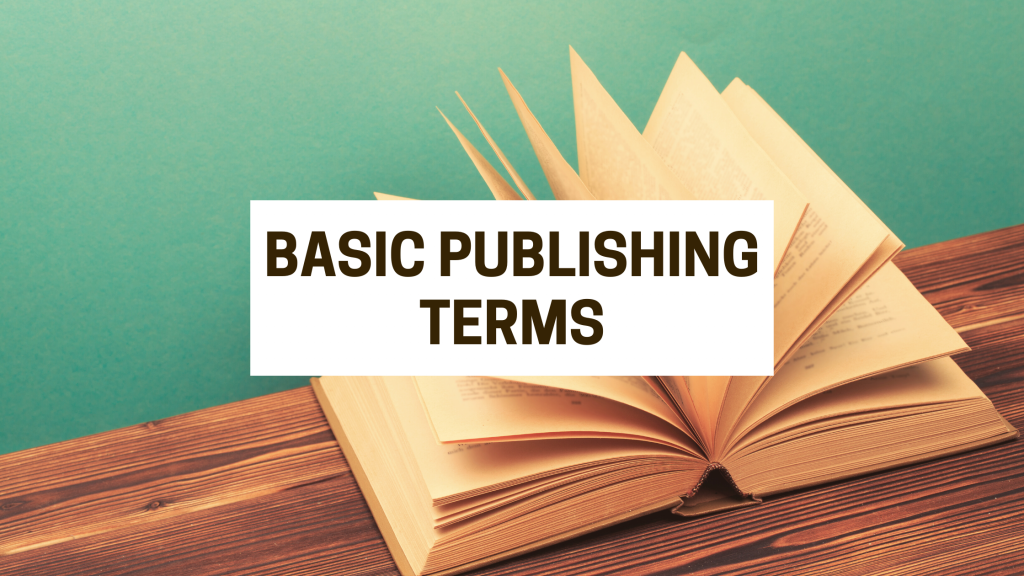The world of writing and publishing comes loaded with its own extensive terminology. For new writers seeking to navigate this landscape, the learning curve on lingo can be daunting. Our A-Z guide below aims to demystify key terms, empowering authors to understand the players, processes and timeline enroute to publishing success. Let’s explore the alphabet of storytelling, one letter at a time.
A – Advance
A monetary amount paid by publishers to authors before books release as an advance against future royalties. Advances allow authors immediate income while they retain copyright ownership.
B – Beta Readers
Early manuscript reviewers who assess plot, characters, pacing and determine areas needing refinement before the editing stage. Their feedback helps authors understand first impressions.
C – Copy Edit
The final stage of manuscript editing focusing on grammar, spelling, formatting corrections and adherence to publishing standards like style guides. Ensures polish and professionalism.
D – Draft
The first complete written version of a manuscript. Typically shared only with select beta readers or editors to gain developmental feedback for strengthening the evolving story or content.
E – Editor
A publishing professional who works closely with the author to improve a manuscript through multiple levels of correction from broad content shaping to line level refinements.
F – Front Matter
Initial sections of a book before the core content, like title page, dedications, table of contents, preface and foreword that guide readers into your book’s overview and purpose.
G – Genre
Categories of literature such as fiction, non-fiction, fantasy, sci-fi, romance, mystery used to classify stories and connect with readership interested in those niches.
H – Hook
The intriguing start of a manuscript aiming to instantly capture attention and pull readers into your book’s premise and promise at its earliest lines.
I – Inciting Incident
A scene or event occurring early in a story that shapes the character’s central conflict and jumpstarts dramatic action that will drive the ensuing plot forward with rising tension.
J – Jacket Copy
A book description on the rear cover providing an intriguing teaser for the gist of the story without revealing all key details. Designed to entice readers for further exploration by selectively highlighting unique value.
K – KDP
Kindle Direct Publishing, Amazon’s self-publishing platform enabling publishing across Kindle eReaders and apps. Easy to use with vast distribution reach.
L – Libel
Publically false claims damaging the reputation of a person or entity, which face severe legal consequences. Hence any identifiable references must honor truth or fictionalize identities.
M – Manuscript
The raw content of a book provided by the author to publishers. Typically in word doc format encompassing all front matter, body chapters and back matter for release readiness.
N – Nom de Plume
A distinctly different pen name used by an author instead of their legal name as printed in publications, allowing authors creative alias freedom or privacy.
O – Outline
A linearly organized overview summarizing each planned chapter and scene to capture the progression of manuscript content without needing to write it sentence by sentence upfront.
P – Proofread
The final quality check of already edited manuscripts by an expert set of eyes to catch any last writing, grammar or consistency issues prior to publication. Vital for polish.
Q – Query Letter
A formal pitch letter sent to publishers and agents aiming to sell and summarize the most compelling aspects of your book as a high potential commercial product or viable signing.
R – Royalties
Ongoing payment provided by publishers to authors as an agreed percentage of profits from book sales over time or based on retail pricing thresholds. The incentives grow together.
S – Synopsis
A broad overview that summarizes an entire storyline, often one page max length, shared by authors with agents and publishers to evaluate market potential and reader engagement.
T – Typesetting
The technical process of arranging manuscript content like text, images into professionally designed layouts per publishing formats like book interior, ebook conversion. Vital for reader experience.
U – Unputdownable
Describes a book that grips reader attention powerfully through masterful plotting and pacing progressions making it extremely engaging and challenging to stop reading.
V – Verse
Writing style structuring content, typically poetry, into metered/rhythmic arrangements with attention to form instead of only prose sentences. Allows creative expression.
W – Word Count
The total number of words contained within a manuscript. Guidance varies based on genre but averages around 55-65k words for fiction, 85-100K for non-fiction.
X – X Libris
Frequent placeholder text derived from Latin meaning ‘from the library of…’ used pre-release when actual text for credits or sections remains undecided until further edits.
Y – Young Adult Age Range
Readers in the 12-18 demographic. Though centered on transitional adolescence, nurtures mature themes with complex characters unlike children’s elementary content.
Z – Zzz
Onomatopoeia reflecting sleepiness induced by ineffective manuscripts suffering from weak narration, tell vs show issues, improper tense usage and lack of reinforcement for central themes. Such term aligns to another publishing stage: rejection.
Let KitaBooks Guide Your Publishing Quest
Traversing the writing and publishing landscape becomes infinitely smoother by partnering with industry veterans. Our team understands this world, its language and the partnership dynamics enabling success. Let our experience lead you confidently from first blank page to prized published author through coaching, editing and excellence every step ahead.








